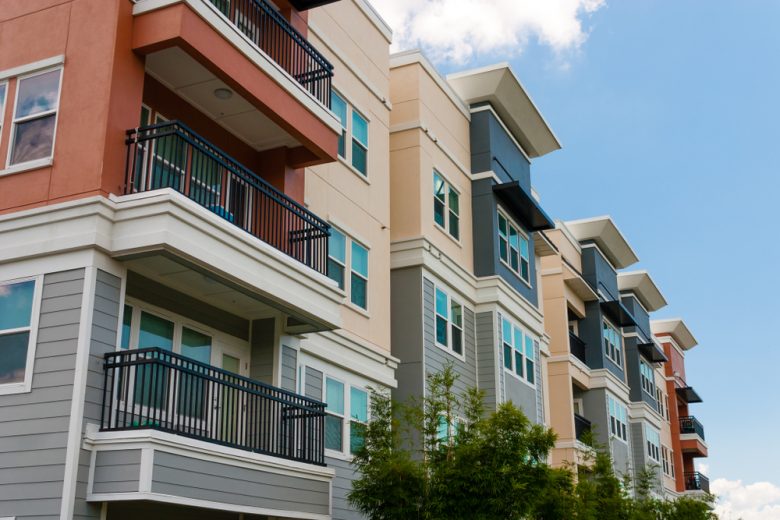By Gerry Neely
B.A. LL.B.
This is a common warranty given either at the request of the prospective purchaser, or of the mortgage company considering an application by the purchaser for financing. It may also arise, as it does in the Victoria Board area, as part of the information an owner is required to disclose when the owner's residential home is to be listed on MLS®.
While the number of homes insulated with UFFI is small in relation to the total stock of homes, the installation of UFFI was done so many years ago, that a number of those homes are now owned by people who are not aware that their homes were insulated with UFFI. One such person was the homeowner who sold his home in The Pas in Manitoba to a purchaser under an agreement which contained the above warranty. The purchaser's inspection revealed a satisfactory form of insulation in the attic. No inspection was done of the walls, and no representations were made that the walls were insulated.
UFFI was discovered in the walls during renovations by the purchaser. The insulation had been installed by a previous owner and the homeowner who gave the warranty was not aware of its existence. When the purchaser sued the homeowner for damages, liability was not an issue because of the warranty. The only question was how damages were to be measured. One method could have been based upon the cost of removing the UFFI and returning the home to its relative condition at the time of its purchase. Another method of measuring damages would have been to determine the extent to which the existence of UFFI reduced the market value of the house.
The purchaser's claim was based on the cost of removal and restoration. The removal work required the taking off of the existing cedar siding and underlying shiplap, stripping the UFFI from the exposed walls and then following with two applications of scrubbing, neutralizing and vacuuming. The restoration process involved the addition of a vapour barrier and felt paper and the installation of new insulation. Plywood and cladding material were added and new window and door trim completed the exterior of the building.
The evidence established a range of between $10,000 and $20,000 for the cost of this work. The judge rejected firstly the evidence of the lower cost because he didn't think the contractor giving that evidence was sufficiently experienced. He then rejected the claim for the cost of the insulation added to the walls. The purchasers, own evidence was that they did not know whether the walls were insulated. The judge also decided that the vendor should not be liable for the cost of the vapour barrier and felt paper because those items had not been in the home, but had been added. He also decided that the purchaser was not entitled to have at the expense of the vendor, a better, longer lasting exterior. Taking these decisions into account led to an award of damages against the homeowner for $12,500.1
In an earlier Ontario case involving a similar warranty, the homeowner was found to have falsely represented that there was no UFFI in the home. In that case, as a result of the manner in which the Purchaser's solicitor claimed damages, the Purchaser received damages not only for the cost of removal of the UFFI, but damage for the reduced value the house would have even after the UFFI was removed. In addition, the husband and wife purchasers were awarded damages for the emotional turmoil caused by the problems arising from the existence of UFFI. (Husband blamed wife because she wanted to move, and wife blamed husband because he chose the house.) Total damages of $28,000 were awarded, of which $10,000 was for the purchaser's loss of enjoyment of life.2
This case illustrates the risk to a homeowner who wrongly assumes that there is no UFFI in his house, but does it also disclose a potential risk to a listing licensee who asks a homeowner whether there is UFFI or to a selling licensee who asks the homeowner to warrant that there isn't?
If a homeowner says that he doesn't know, a prudent licensee should advise the homeowner that he should satisfy himself one way or the other. If the homeowner doesn't do so, and assumes the risk of giving this warranty, then the licensee should protect himself by confirming in writing the advice given by the licensee to the homeowner.
| 1. | Richardson et al v. Geary et al. 51 Man. R (2d) 70. | |
| 2. | Michele v. Peterkin 37 R.P.R. 173. |
To subscribe to receive BCREA publications such as this one, or to update your email address or current subscriptions, click here.
Without limiting the Terms of Use applicable to your use of BCREA's website and the information contained thereon, the information contained in BCREA’s Legally Speaking publications is prepared by external third-party contributors and provided for general informational purposes only. The information in BCREA’s Legally Speaking publications should not be considered legal advice, and BCREA does not intend for it to amount to advice on which you should rely. You should not, in any circumstances, rely on the legal information without first consulting with your lawyer about its accuracy and applicability. BCREA makes no representation about and has no responsibility to you or any other person for the accuracy, reliability or timeliness of the information supplied by any external third-party contributors.
-
 Landlords Take Notice – Recent Amendments to BC Tenancy Legislation #574
Landlords Take Notice – Recent Amendments to BC Tenancy Legislation #574 -
 It’s Finally Here: The Short-Term Rental Accommodations Act #572
It’s Finally Here: The Short-Term Rental Accommodations Act #572 -
 Listing and Selling Tenanted Properties #553
Listing and Selling Tenanted Properties #553 -
 Prohibition on Rental and Age Restrictions in Strata Buildings #556
Prohibition on Rental and Age Restrictions in Strata Buildings #556











